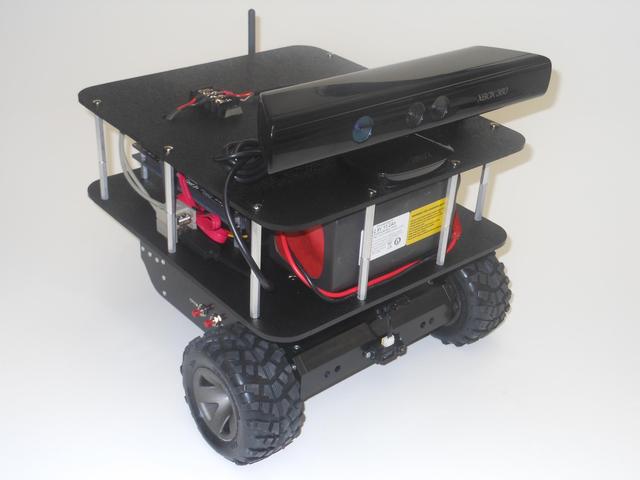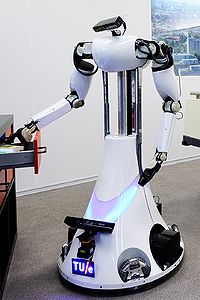By popular demand, the deadline for submitting a proposal for a ROSCon
session has been extended to 11 December 2011. Please send proposals
to submit@roscon.ros.org.
Call for Proposals: ROSCon 2012
Hilton Garden Inn St. Paul City Center
St. Paul, Minnesota
19-20 May 2012
(immediately following ICRA)
Details: http://roscon.ros.org/
Proposals: submit@roscon.ros.org
Questions: info@roscon.ros.org
ROSCon 2012 is a chance for ROS developers of all levels, beginner to
expert, to spend an extraordinary weekend learning from and networking
with the ROS community. Get tips and tricks from experts, network,
and share ideas with fellow developers from around the globe.
ROSCon is a developers' conference, in the model of PyCon and
BoostCon. The two-day program will comprise tech talks and tutorials
that will introduce you to new tools and libraries, and teach you more
about the ones you already know. The bulk of the program will be
30-40-minute presentations (some may be longer or shorter).
Want to present at ROSCon? Submit a proposal! For details on
proposing, go to roscon.ros.org/
If you don't want to make a formal presentation, you should still
bring your new project or idea to ROSCon!
There will be several sessions of Lightning Talks, which are 5-minute
mini-talks that are scheduled just-in-time at the conference. There
will also be open space for Birds-of-a-Feather (BoF) meetings,
impromptu hacking sessions, and informal presentations.
On behalf of the ROSCon 2012 Organizing Committee:
Ryan Gariepy, Clearpath Robotics
Brian Gerkey, Willow Garage
Cédric Pradalier, ETH Zürich
Matthew Williamson, Heartland Robotics








